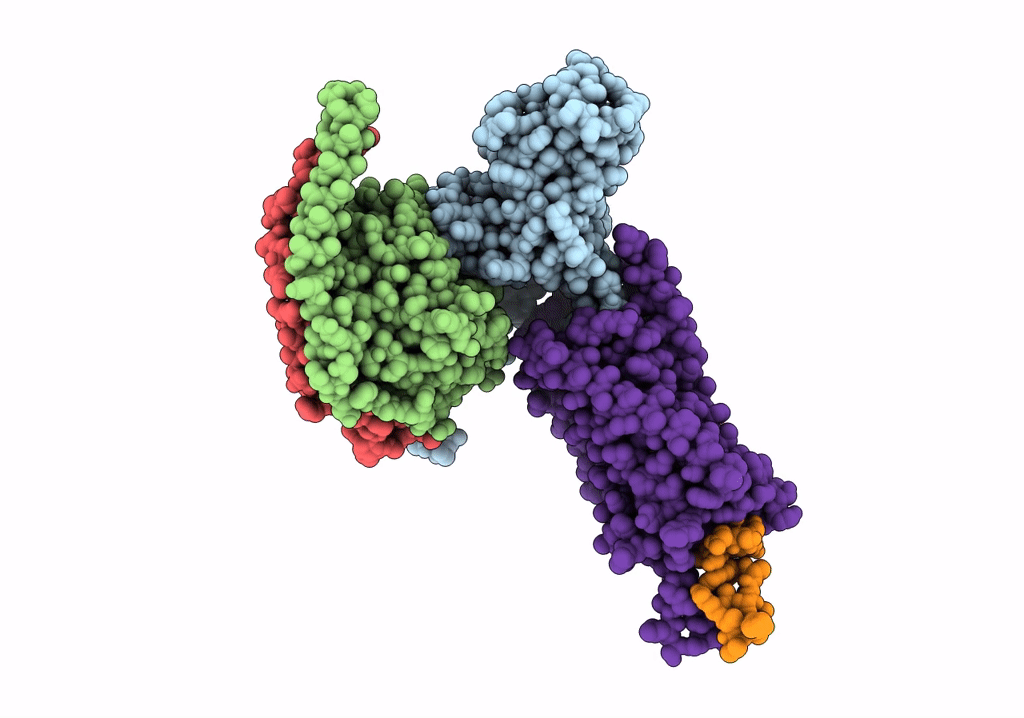
Deposition Date
2022-04-19
Release Date
2023-02-22
Last Version Date
2024-11-13
Entry Detail
PDB ID:
7XK8
Keywords:
Title:
Cryo-EM structure of the Neuromedin U receptor 2 (NMUR2) in complex with G Protein and its endogeneous Peptide-Agonist NMU25
Biological Source:
Source Organism:
Homo sapiens (Taxon ID: 9606)
Host Organism:
Method Details:
Experimental Method:
Resolution:
3.30 Å
Aggregation State:
PARTICLE
Reconstruction Method:
SINGLE PARTICLE


